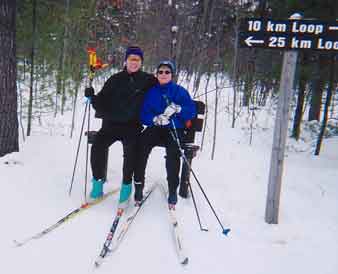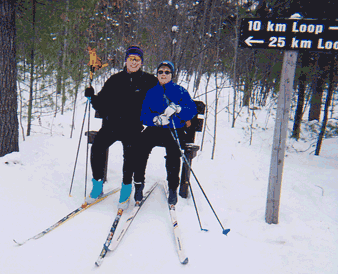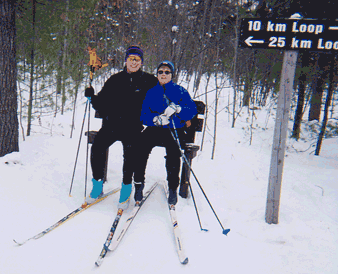Image saved as a JPG file

image at 23 seconds.
Right: The same file saved as a GIF file
loads in 102 seconds.
Below: The same file saved as a PNG file
loads in 107 seconds.
Image as a GIF file

Image saved as a PNG file

The original assignment was to create a web page with four pictures on it, each saved with a different format from Photoshop 6.0.
I began with a Photoshop image of 1.03Megabytes. Image size was 664 pixels wide and 540 pixels high. To fit all images on a single page, the image size was reduced to 338 pixels wide by 274 pixels high.
I quickly discovered that there are ten different ways to save one image. All have an impact on photo quality and file size making an educated decision critical from the web designer and customer standpoints. Using a photo scanned into Photoshop I found that the newly saved file size ranged from 30.83K to 726.4K with a corresponding load time of from 23 to 517 seconds at a rate of 14.4kbps.
After previewing the images, some were clearly not acceptable. Two major variables were found. One was the desired image quality which ranged from "low" to "maximum". The second important variable to keep in mind is the number of colors available on the GIF pallet. Colors varied from 256 to 64. At the lower rate, the image quality was not acceptable.
The data results are shown at this link.
Images are the quickest loading copy of JPG, GIF and PNG file types.
See the table above for a complete breakdown of the differences in each of the file types.